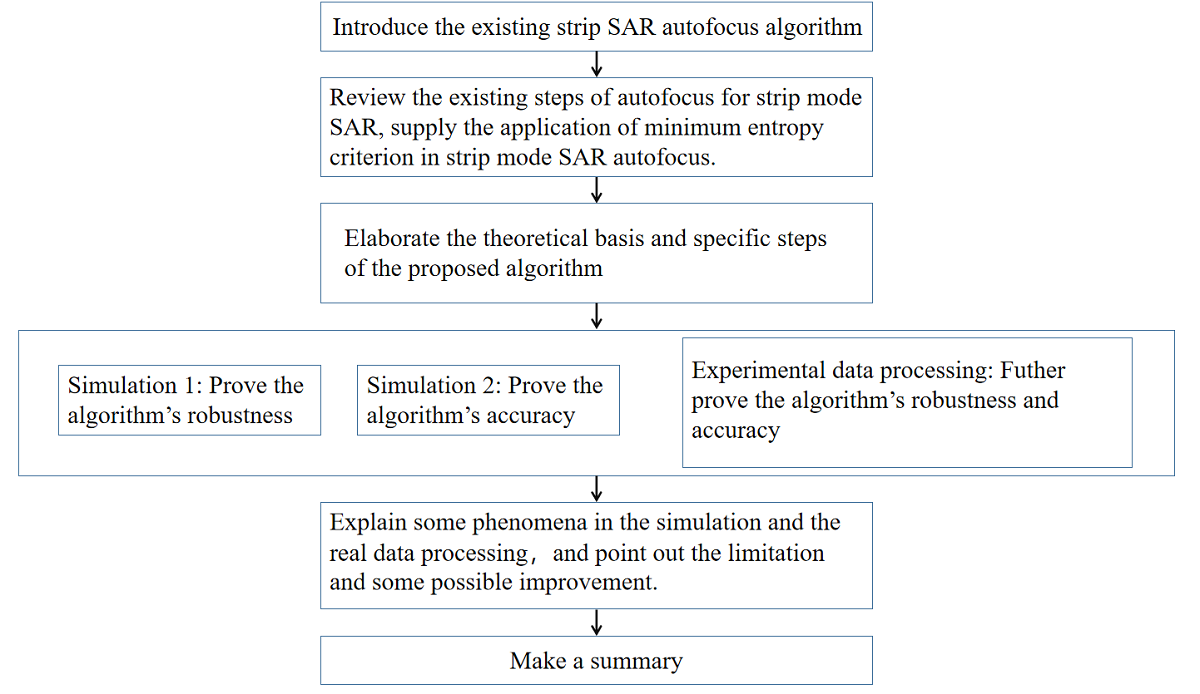Autofocus is an essential part of the SAR imaging process. Multi-subaperture autofocus algorithm is a commonly used autofocus algorithm for processing SAR stripmap mode data. The multi-subaperture autofocus algorithm has two main steps, the first is to estimate the phase error gradient within the subaperture, the second is to splice the phase error gradient, that is, to remove the shift amount between the estimated adjacent subapertures’ error gradients. Previous gradient-splicing algorithms assume that the estimation of subaperture error is accurate, but when the estimation of subaperture phase error gradients is not accurate enough, these algorithm performance will be degraded. A new phase error gradient splicing algorithm is proposed in this paper. It roughly estimates the shift amount first, and then finely estimates the shift amount based on the minimum-entropy criterion, which can improve the robustness of splicing especially when the estimation of the phase error gradients of the subaperture is not accurate enough. To speed up the algorithm, a variable-step-size search method is used. Simulation and experimental results show that the algorithm has enough accuracy and still has good performance when other splicing algorithms doesn’t perform well.

